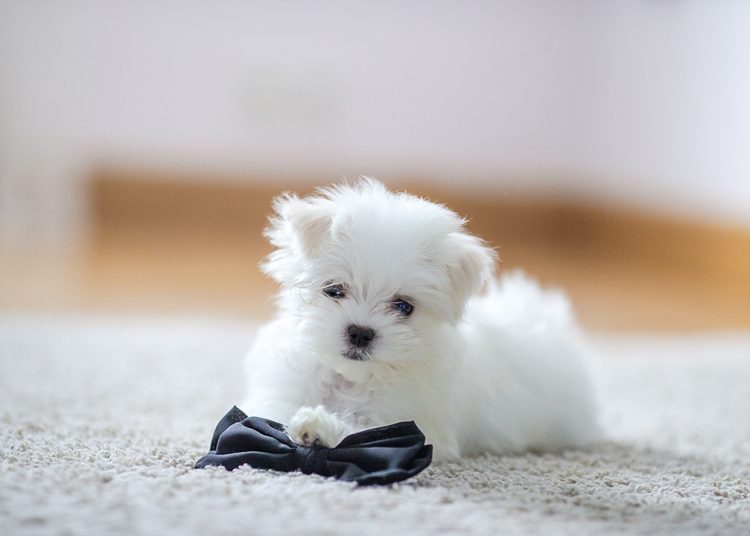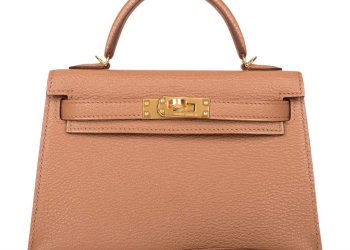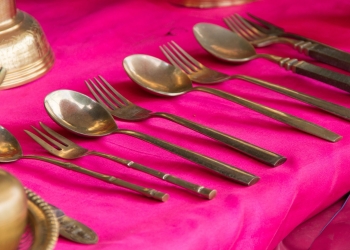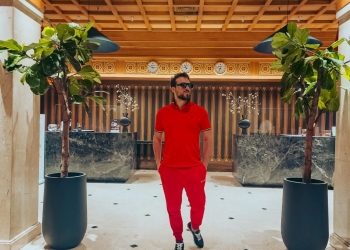Maltese is a glamorous dog breed and has been a human companion for centuries now. Weighing less than 7 pounds, this dog breed is loved by many because of its adaptable and charming nature. It is safe to say that this is the most cherished dog breed in the world and is preferred by many around the globe. Often seen at dog shows as one of the main competitors, the Maltese is known for their beautiful long white coat, playful and affectionate personality, and many other characteristics and traits they exhibit daily.
There are often many who do not realize that the Maltese, however, is more than a haughty show dog, which is why we are here. In this article, we’ll tell you about the top facts you may or may not know about the Maltese dog breed and why they are still so popular with dog lovers and owners today. To know more, continue reading!
Origin of Maltese Puppy
The Maltese dog breed is said to have originated on the small island of Malta, which is located in the Mediterranean Sea, although most researchers often locate the breed’s origin somewhere in the central Mediterranean region of the world. This breed is one of the oldest that exists today since it has references that date back to 500 BC. C. approximately. It has also been claimed that Aristotle was the first person to make any reference to the race, and he named it Canis Melitaeus. Since then, the breed itself has made its way around the world and has also been a part of many royal families and empires throughout its long history. Although this breed has undergone some changes throughout its history, it is still definitely one of the cutest toy breeds in our society today.
Characteristics of Maltese Puppy
Maltese Puppy are fearless

Maltese is an incredibly sweet personality dog. They are always on the go, always energetic, and always eager to meet new people and discover new things. This can be a blessing and a curse at the same time, as it makes the breed completely fearless. This is why keeping an eye on your pup is so important, as he will have no problem getting close to any creature, even if he risks potential danger or puts himself in danger. It is good to remember that even with a fenced yard, it is best to stay outside with the dog while doing your business or just exploring the lawn.
They don’t shed
Allergy sufferers can breathe a huge sigh of relief, as the Maltese puppies are one of the best dog breeds to bring into your home if you are allergic to dander and dog hair. The Maltese puppy, although in some cases it has a long, silky white coat, does not lose hair; This is because the breed does not have an undercoat underneath their long white hairs that cover their body, making them less likely to move throughout the house in general. This can also help with grooming, although it’s best to brush or comb the coat at least once or twice a week to keep tangles and growls at bay. It’s also good to take them to a hairdresser now and then to trim the hairs that form around the face, so they can at least see properly.
Maltese Puppy are loved by royals
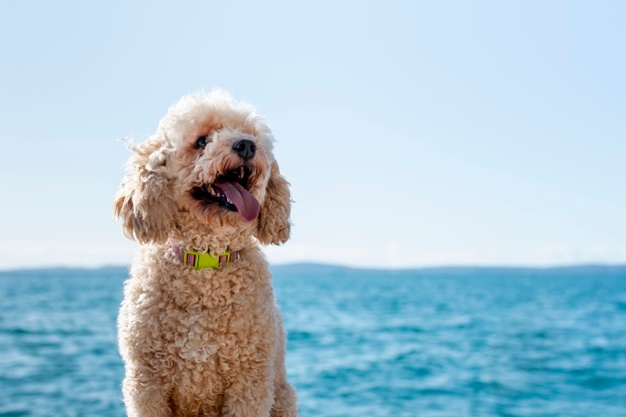
This tiny dog breed was a hit with royalty; queens would particularly appreciate these little dogs, feeding them gold plates. The dog’s similarity was found in pottery and other works of art in Egypt and Greece, where owners built elaborate tombs for their deceased canines. Publius, governor of Rome in the first century, had a little Maltese named Issa who was infinitely spoiled. Her likeness was captured in a painting and the Martial poet wrote a poem extolling her beauty. Queen Elizabeth I and Mary, Queen of Scots had and loved their little Maltese puppies.
They jump very well
As we have said before, the Maltese dog breed is not afraid and loves to explore and discover. They also have intense energy, which combined with their agile physique, allows them to be excellent jumpers in general. Although they look small and delicate when simply lying on the couch, these dogs will do whatever it takes to jump up and get where they want to go. This can mean jumping from one object to another, jumping from higher ledges or other high spaces, and jumping out of reach and out of the comfort of your grip without warning. It might also be helpful to keep your special things and precious memories out of reach where they may find their way – just as a warning!
Maltese is not the only name
Although closely known today as the Maltese, the dog breed itself has had its fair share of nicknames throughout its history as a dog breed. Some of the names that have been around for several generations include the Maltese Lion Dog, the Melitaie Dog, the Maltese Terrier, the Gentle Spaniel, the Roman Ladies’ Dog, and a few others. These various nicknames have very different origin stories, but we’re glad they narrowed it down to today’s Maltese.
They easily sunburn
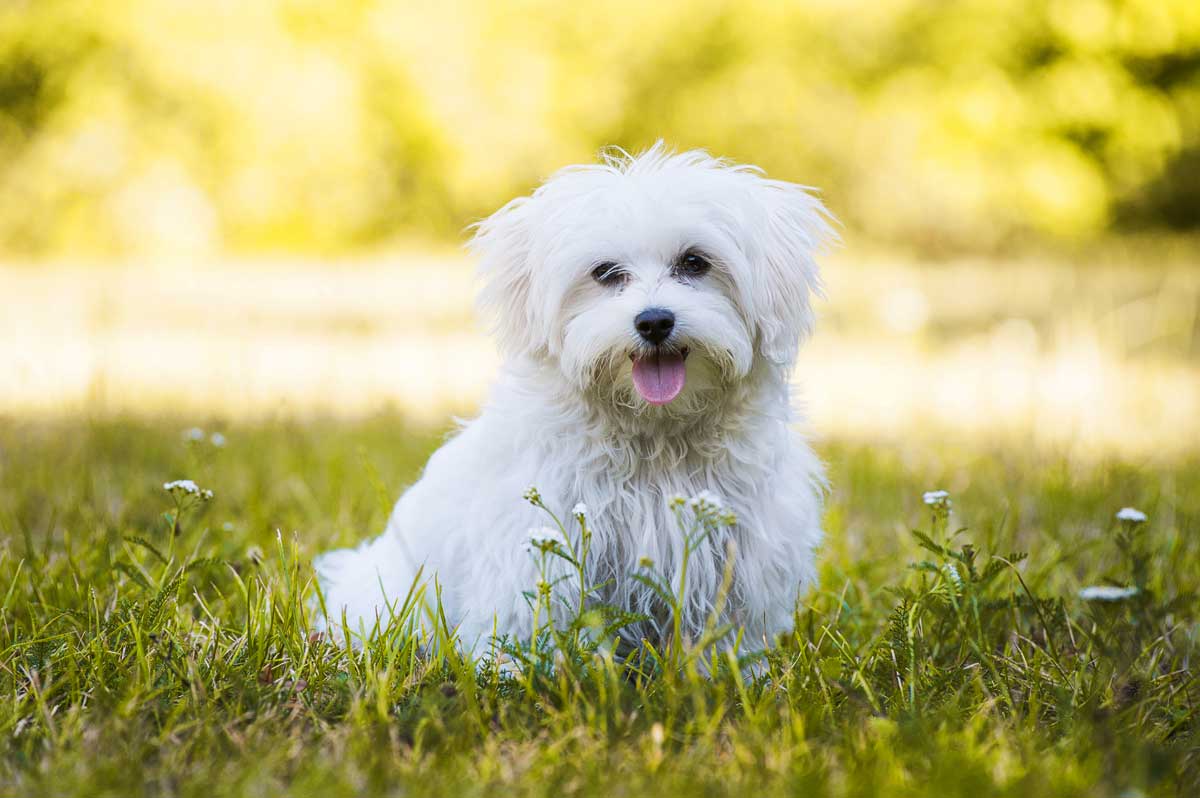
It can pass over your head most of the time, but our pets can also get burned during the hot summer months, just as easily as humans! This is especially prevalent in the Maltese dog breed, as they have pale, pale skin under their glistening white fur. This is also a problem as the Maltese do not have an undercoat as we mentioned earlier. This makes their coats thinner and their skin more visible in the sun’s rays when they spend a lot of time outdoors. So, if you decide to bring one of these puppies to your home, be sure to practice safety when they are out for extended periods.
They are excellent around children and other animals
Maltese have a very sweet personality and are considered to be one of the best breeds when it comes to integration with children or other pets. They are extremely social, we have mentioned time and again that they are one of the best playmates for kids. They are often full of energy around new people, other animals, or children.
The Puppy Cut
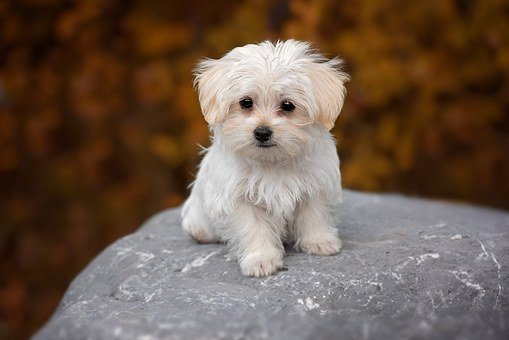
There are very few Maltese dogs that keep their long and luscious coat. Most owners prefer keeping the coat short and trimmed. Maltese puppies with long hair are often seen participating in various dog shows, their long hair is also popularly known as the “puppy cut.” Most owners keep the hair length less than an inch. Maltese puppies with short hair often develop curly hairs around their ears. However, this is not common for all Maltese and is noticed in very few.
Maltese is amongst the small dog breeds
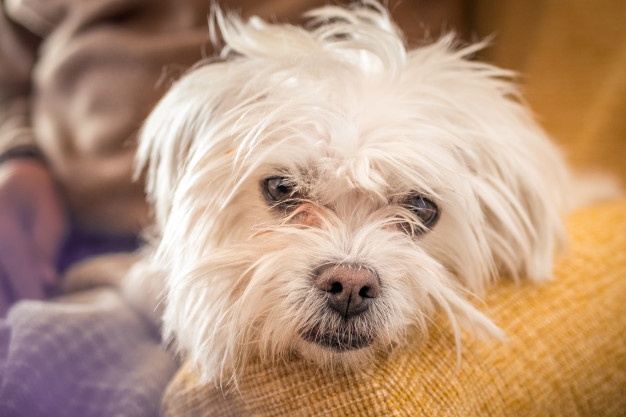
Maltese is a very popular dog breed and is preferred by many dog owners because of its miniature size. The dog is extremely small in size and the maximum weight is 7 pounds. It is no doubt that Maltese is one of the best lap dogs. Traveling with a small dog is also easy hence you would notice several travelers carrying their dogs around with them to different tourist places. If you are into the whole “small dog” scenario, you will surely love having a Maltese around.
Maltese Puppy are often used as Therapy Dogs
As we mentioned before, Maltese is a very loving breed no matter if it is a stranger or your favorite human who is walking into the room. This affection, along with their small stature, soft coat, and ability to relax on the lap of anyone they meet, makes them an excellent therapy dog. It has been shown in several studies that holding and petting an animal, especially a dog, can help reduce stress, anxiety, and can help bring better feelings to a person. This is why the Maltese, along with many other dog breeds, has been used to aid in the therapy of many dealing with problems such as anxiety, depression, and other harmful situations.
They often have tear staining
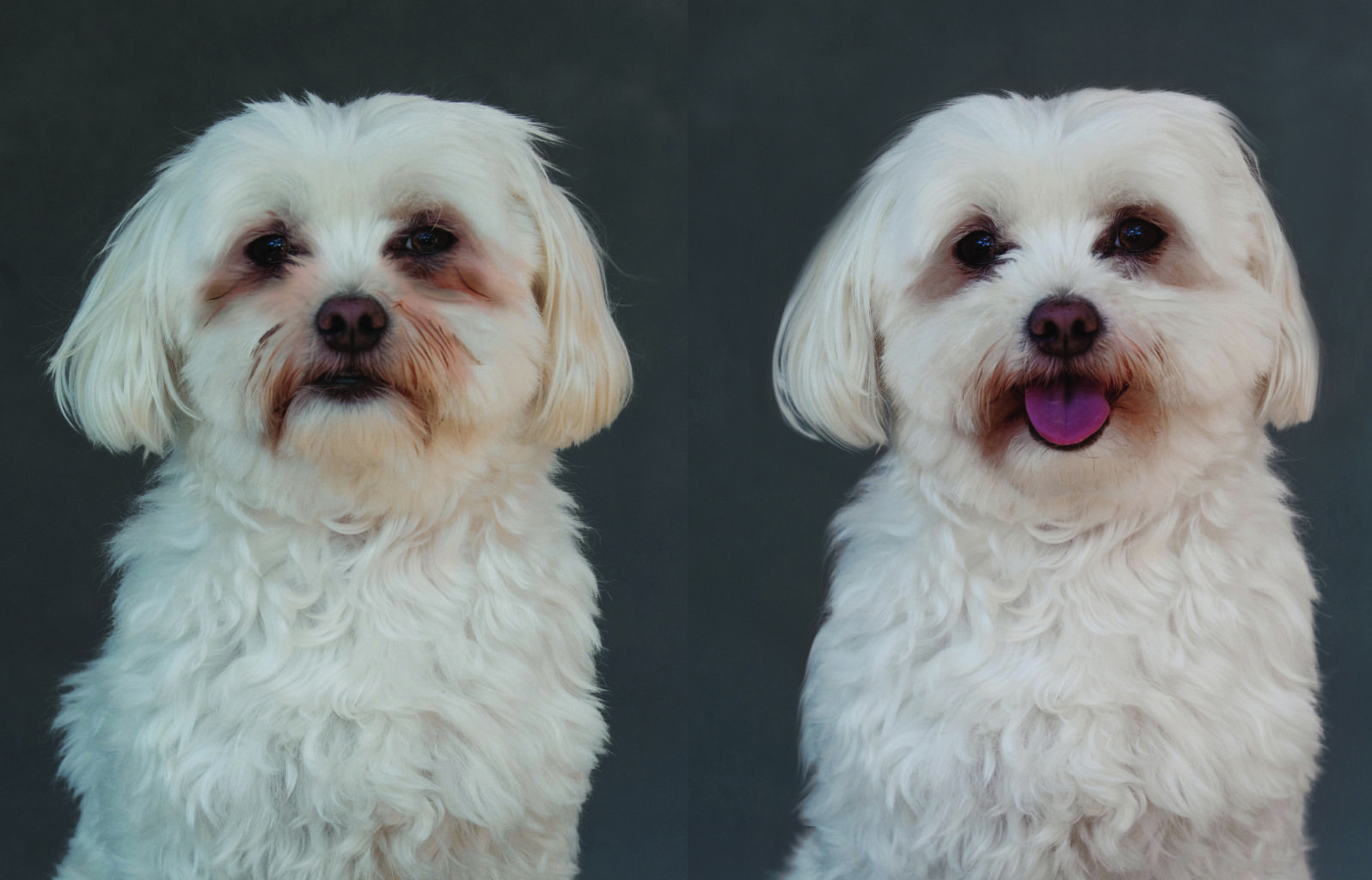
This is a problem that is often found in all Maltese puppy from time to time, although it can also be found in other dog breeds around the world. The “tear stain” is a dark color that forms on the fur just below the tear ducts under the eyes. While not necessarily a problem, it can often be a nuisance to some owners and is usually only caused by the dog’s excessive tearing or even the size and production of its tear ducts in general. If you can’t find the tear stain on your Maltese dog, you can apply a topical solution or powder, which you can find at pet stores, that will help lighten and remove the stain and color under the eyes.
They often have a dental problem
The most common dental problem often encountered in the Maltese puppy breed is excessive cavity development in the mouth, which can lead to various infections and tooth loss as dogs continue to age. This development of tooth decay, of course, is accentuated when your puppy’s teeth are not properly cared for regularly. While it may seem like an unnecessary waste of time, it’s important to brush your dog’s teeth thoroughly with a soft-bristled toothbrush and pet toothpaste regularly every week to keep them safe and infection-free.
Their nose color changes sometimes
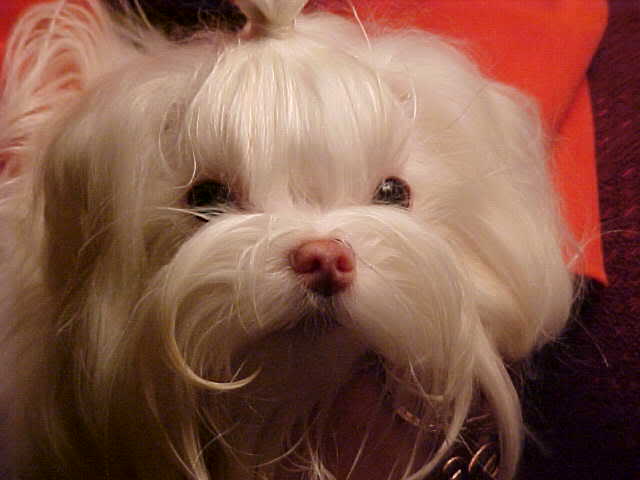
This is not the case for all breeds, but for Maltese, who have a lighter skin tone under all that fur, they can sometimes have some changes to the nose as well. The most significant difference will be in the color; If your Maltese spends most of their time indoors, especially during the winter months when there is not much sunlight, you may notice that their nose color will turn lighter or a light brown color (this often is called ‘winter nose’ by professionals, which is pretty self-explanatory.) However, this is not permanent, as once summer returns and they are thicker, your nose will return to its original dark brown/black color.
They can live for quite some time
Unlike other dog breeds that exist in the world today, the Maltese dog breed can often live for more than a decade with proper care (their average life expectancy ranges from twelve to eighteen!). This means that it is important to have annual visits to the vet to check him, to get the necessary vaccinations and any other care you may need. It is also important to always keep an eye on them. With their size and stature, keeping them out unsupervised can lead to many different potentially dangerous situations. That said, you must be ready for the commitment that comes with this long-lived puppy and that you will be able to give him the love, care, and undivided attention he deserves.
If you are planning to get a Maltese, you need to know some basic facts. Maltese is a very popular dog breed and is found almost in every corner of the world.
Are you getting a Maltese?

